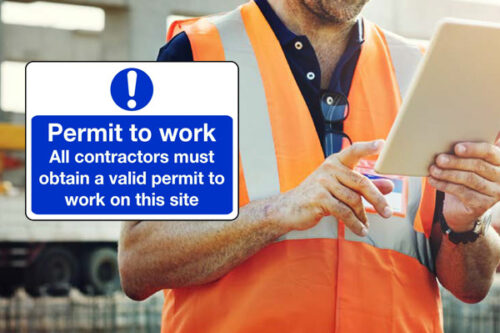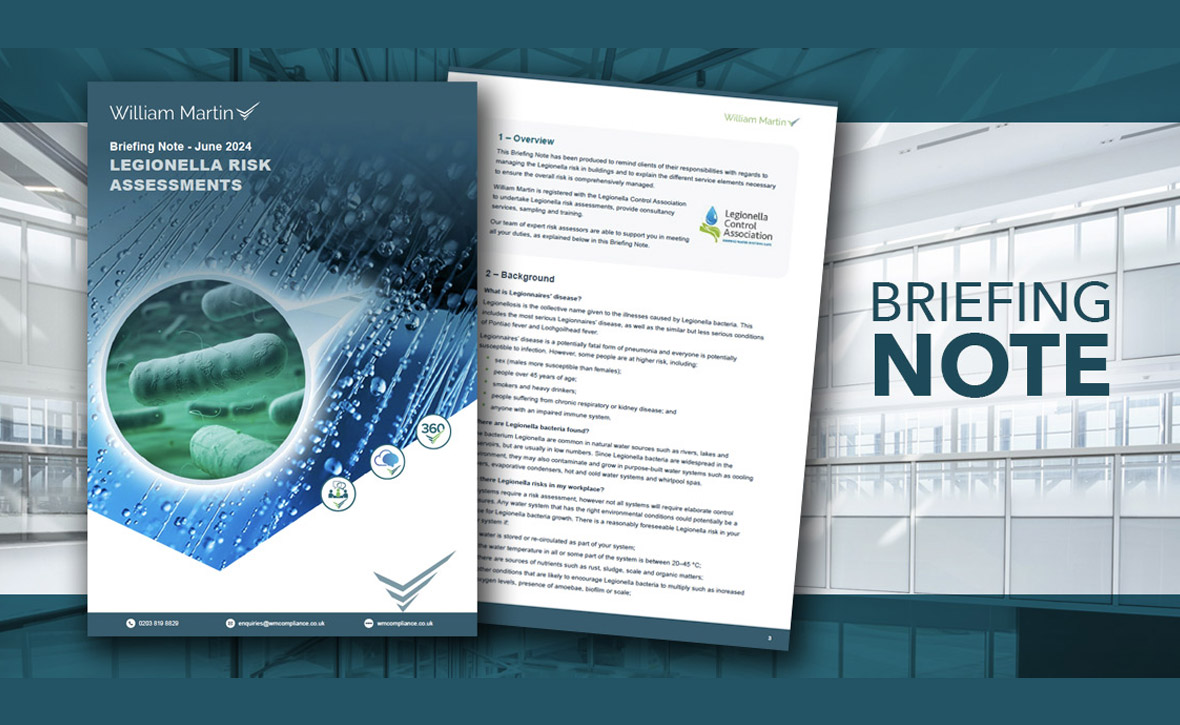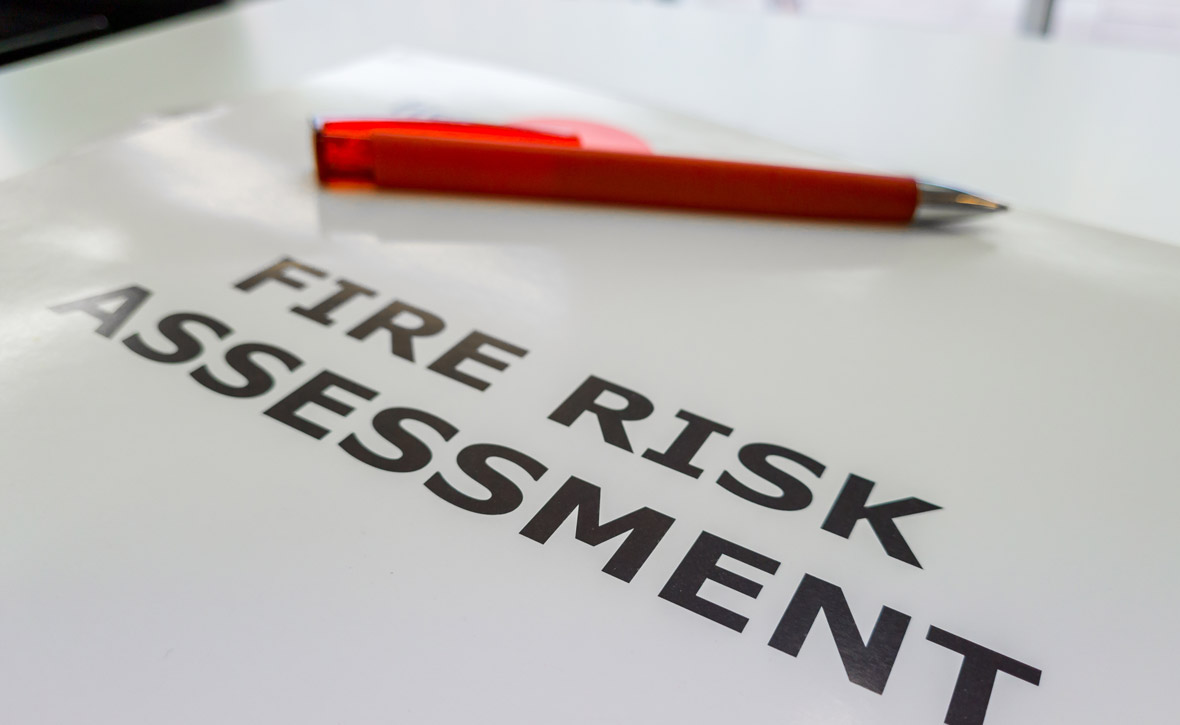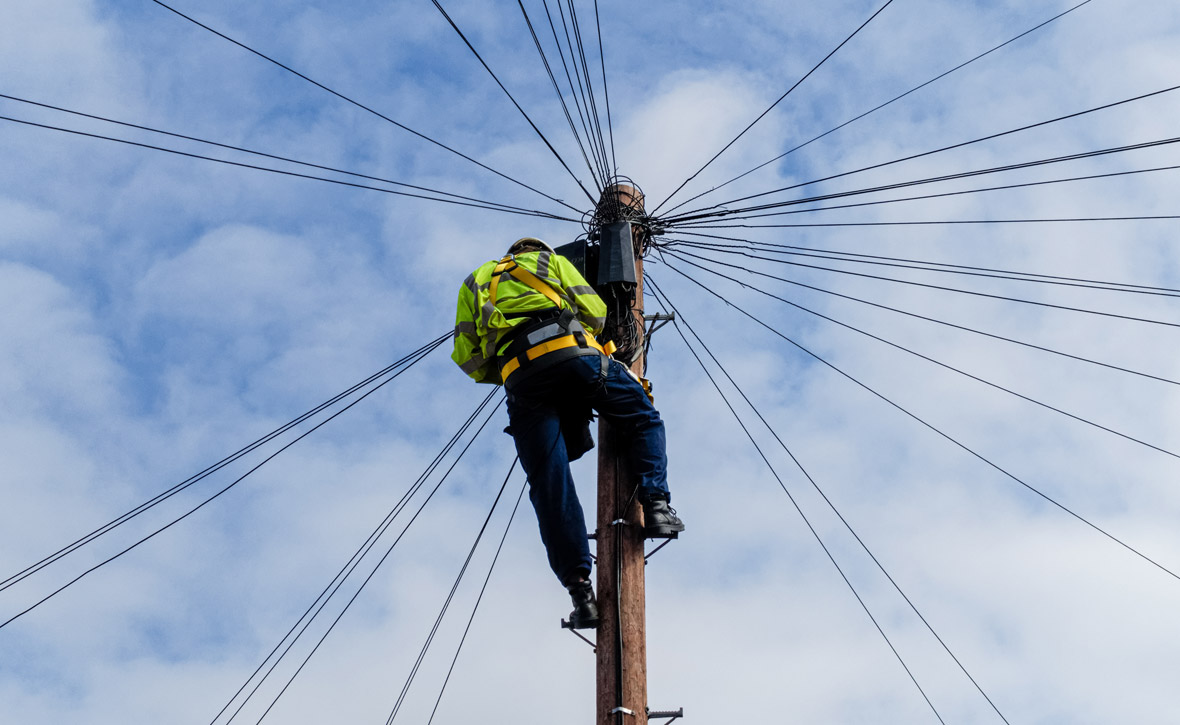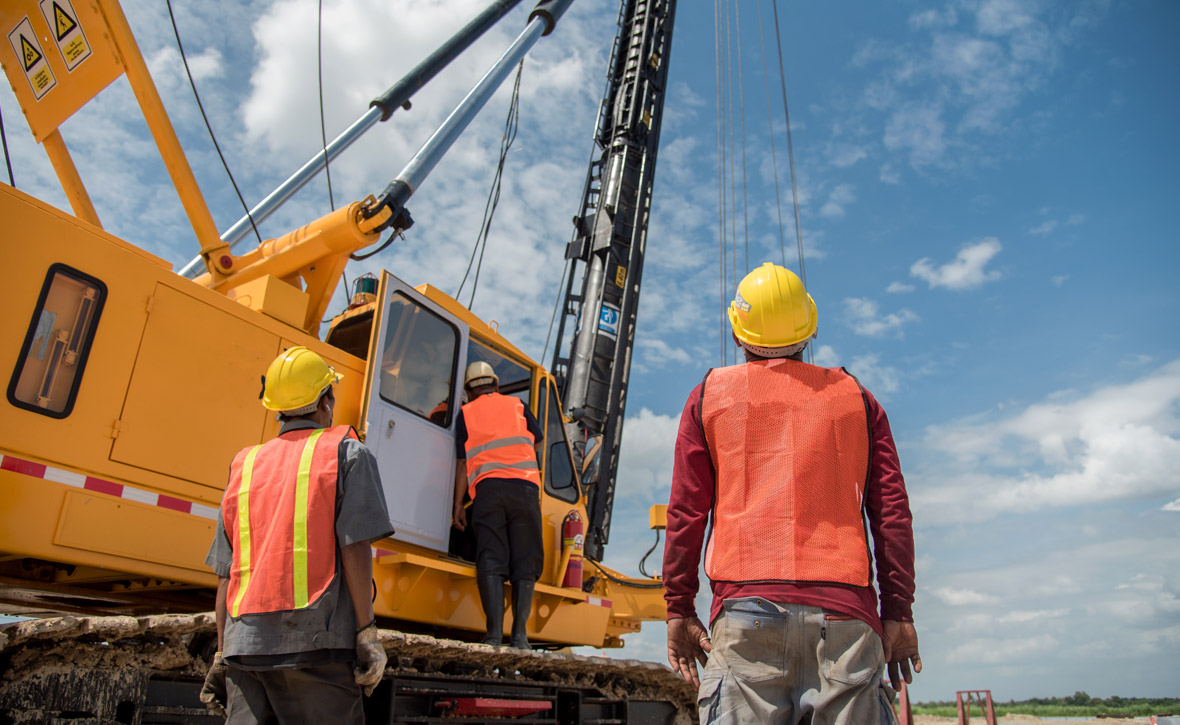What is permit to work software?
Permit to work software provides an easy way for businesses to manage permits for all types of work. These platforms can streamline the process of creating, issuing, and managing permits. This ensures the safe execution of high-risk tasks by providing a centralised platform for requesting, recording, and reviewing permits.
What are the benefits of permit to work software?
Implementing software for Permit to Work systems offers several benefits over traditional paper-based or manual processes. Here are some key benefits of permit to work software:
Efficiency and Speed
Permit to work software allows for quicker processing of permits, reducing delays associated with manual paperwork. This is particularly crucial in situations where time is a critical factor. This software also drives efficiencies by automating workflows to streamline the permit approval process; this ensures that each step is completed efficiently and in the correct sequence.
Accuracy and Compliance
Digital systems to manage permits to work reduce the risk of errors associated with manual data entry. This improves the accuracy of information recorded in permits, minimising the likelihood of incidents due to incorrect details. Many permit to work software solutions are designed to align with industry regulations and standards, helping organisations maintain compliance with safety requirements.
Communication
Permit to work software allows for real-time updates and notifications, ensuring that all relevant parties are informed promptly about changes or updates to permits. This means that communication within the PTW system is centralised, leading to less miscommunication and increased transparency.
Data Tracking and Reporting
Software allows for the collection and analysis of data related to permit performance, safety incidents, and other relevant metrics. This data can be valuable for identifying trends, areas for improvement, and making informed decisions. PTW software also tends to include reporting tools that enable organisations to generate customised reports, demonstrate compliance, and provide insights for continuous improvement.
Integration with Other Systems
Many PTW software solutions can integrate with other safety and management systems, such as Enterprise Resource Planning (ERP) or Health, Safety, and Environment (HSE) systems. These integrations can streamline overall safety management processes.
Document Management
PTW Software allows for the storage of permits and associated documents electronically, reducing the need for physical storage space and making it easier to retrieve information when needed. This is especially important for sharing data with internal and external stakeholders.
User Access Controls
Digital systems also allow for role-based access controls, ensuring that only authorised personnel have access to specific information and functionalities. This ensures security across your business and protects company data and information.
Audit Trail
PTW software systems often provide an audit trail, allowing organisations to trace the history of changes made to permits; this is especially helpful in giving you full visibility of your permits.
Remote Accessibility
With cloud-based solutions, authorised personnel will be able to access the PTW system remotely, enhancing flexibility and responsiveness. This is especially important in situations where on-site presence may not be possible.
Enhanced User Experience
If you choose a user-friendly software, you can easily navigate and interact with the system—this makes it much simpler to store and locate your permits.
What is a compliance management system?
